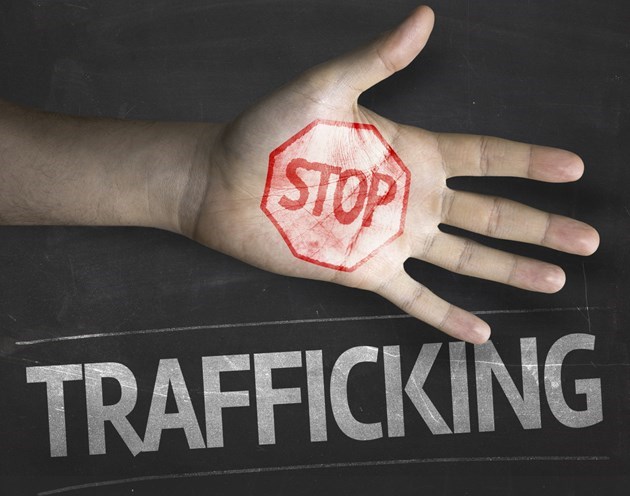The OPP is warning today that human trafficking is not just a big city problem, but small towns are being targeted.
Across Ontario, more and more victims are being recruited from small towns and lured with promises of love and a "better life," says a police news release.
Human trafficking involves the recruitment, transportation or harbouring of persons for the purposes of exploitation, typically in the sex industry or for forced labour .
"Human trafficking is not confined to big cities alone," says Inspector Tina Chalk of the OPP Counter Exploitation and Missing Persons Section. "These offences are of a particularly clandestine nature and victims or witnesses are reluctant to come forward to authorities. It is often the most vulnerable members of our society who are most prone to becoming victims of human trafficking. This is why it is important to increase public awareness regarding the indicators of human trafficking in order to help keep our communities safe."
In support of Ontario's first Human Trafficking Awareness Day, the OPP is encouraging the public to learn the indicators of human trafficking.
"The indicators of human trafficking are not always obvious," says the release. "Although the presence of one indicator does not necessarily identify human trafficking, a variety of indicators may point to the fact that an individual is being trafficked and needs help."
These indicators may include:
- The individual seems afraid, anxious or depressed.
- Another person controls the individual's conversation.
- Another person speaks on behalf of the individual.
- Another person holds or controls the individual's identification, which may be real or fake.
- There are signs of poor health, hygiene and/or nutrition.
- The individual is wearing inappropriate clothing for the weather or situation.
- There is an age gap between the individual and their companion.
- There are tattoos or branding on the individual to show ownership.
- The individual has scars or injuries from abuse.
- The individual has no control over their money.
- The individual has expensive items but no basic necessities.
- The individual has new, older friends who provide gifts, drugs, expensive clothing and/or jewelry.
- The individual has lost connection with their family and friends.
- The individual misses class regularly, or drops out of school.
- The individual is reluctant to engage with teachers, youth workers, social workers or other adults in their life.
To learn more, visit opp.ca/humantrafficking.



